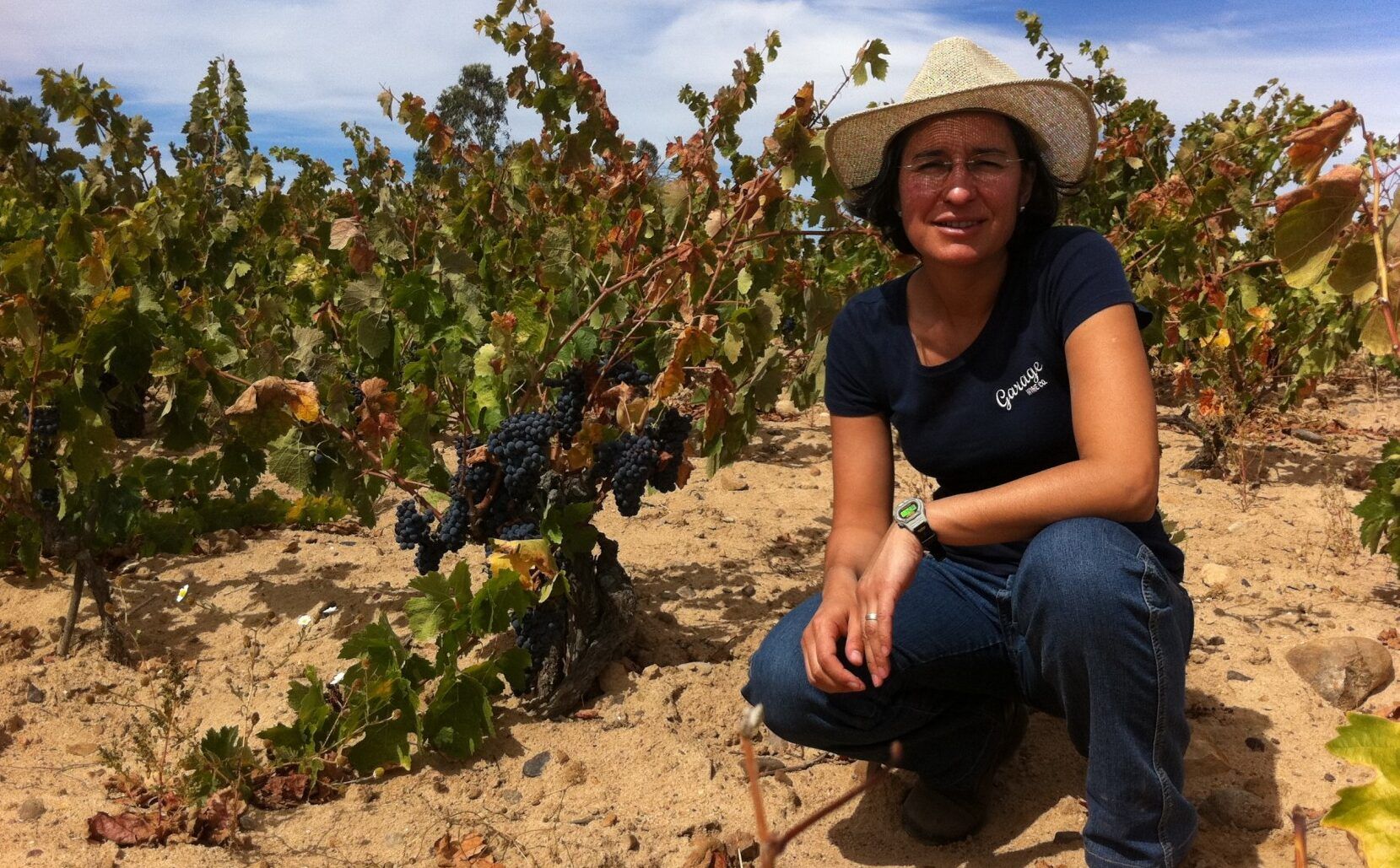“We were influenced by American and French consultants, the most crucial being Michel Rolland in the early 2000s. Those consultants were used to sunny, hot weather and heavy, black fruit Cabernets. With time, more winemakers travelled to Europe and other countries and realised that there were other styles of wines.”
There is a whole region in Chile where time seems to have stopped; where vines are tended by the older generation and wine is seen as part of a meal and not a lifestyle. This is in stark contrast to the rest of the country’s wine industry, in which less than 10 out of 400 wineries control 90% of the production.
In southern Chile there is an ongoing revitalisation of local wine traditions that date back to the first Spanish conquistadors who brought grapes with them on their galleons. I was first introduced to this part of Chile in 2018 when I took part in a masterclass on VIGNO wines, a southern Chilean association of old vine Carignan wines in Maule, led by Tim Atkin MW. I was left with the impression that these wines could have been made in Europe. (You can read The Buyer’s feature on the VIGNO masterclass here)
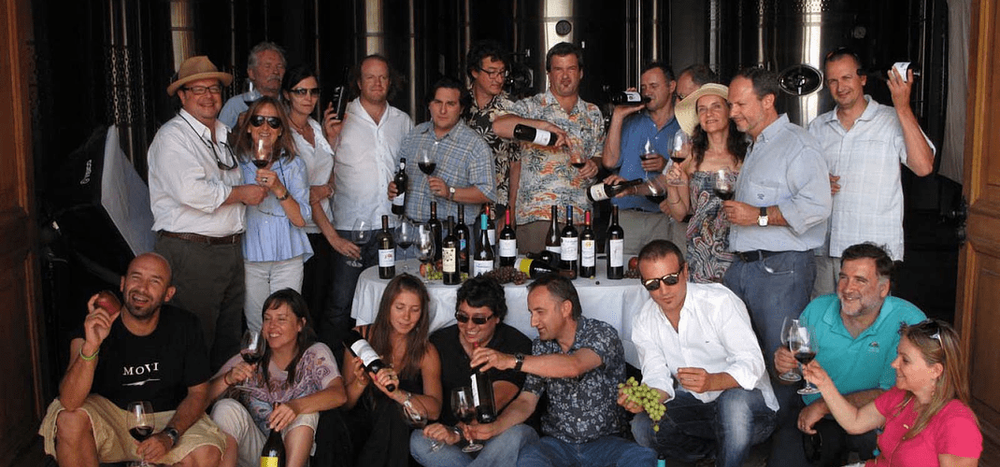
In 11 years the association, MOVI, has grown from 12 members to today’s 34
When I visited the country, and Maule in particular last year, I was able to speak to local vine growers and winemakers, and see first hand their deep-rooted respect for their heritage and sense of community.
Derek Knapp, owner and winemaker of Garage Wine in Maule, Pedro Parra (PhD in terroir from the Paris Centre of Agriculture), owner of Pedro Parra wines, Itata, Elena Pantaleoni, owner of Pisador, Maule and Raúl Narváez Reyes, owner of Viña Capitán Pastene, Malleco, all contributed to my understanding of why the region is resurging and why they chose to start their projects in what I consider to be one of the most dynamic areas of South America.
What is regarded as South of Chile?
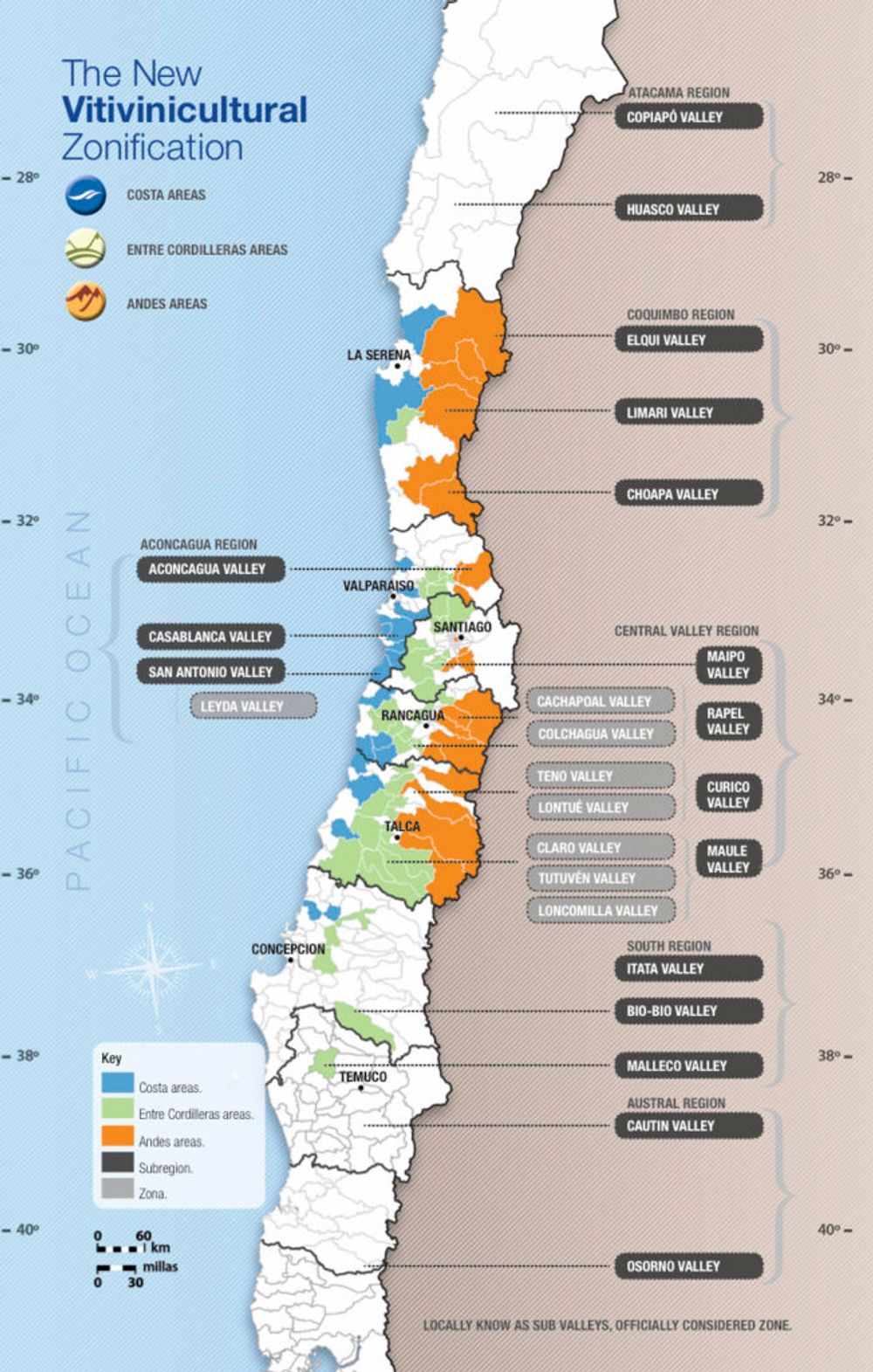
On a regional map of Chile, you can see a long stretch of land between the Pacific Ocean on the west and the Andes on the East. Santiago sits somewhere in the middle of the 3000 kilometre-long country with appellations running from just outside the city, all the way down the Central Valley and beyond to those small dots sparsely scattered around the map.
South of Chile starts from Maule in the last stretch of the Central Valley to the marginal climes of Malleco. What changes is the influence of the coastal mountain ranges.
“Maule is in the oldest and lowest part of the coastal mountain range and the ocean influence is more prominent,” Derek Knapp says. This results in cooler temperatures and higher rainfall than the rest of the Central Valley, so vines can be grown without irrigation (also known as dry farming).
The movement to promote the South of Chile terroirs and heritage
The Central Valley is the core of Chile’s wine production, where the first investments in industrial scale wineries began.
“Chilean producers drank local wines and had no means of trying international wines. It was only when international consultants arrived that we were exposed to the taste of global wines,” Parra says, “We were influenced by American and French consultants, the most crucial being Michel Rolland in the early 2000s. Those consultants were used to sunny, hot weather and heavy, black fruit Cabernets. With time, more winemakers travelled to Europe and other countries and realised that there were other styles of wines.”
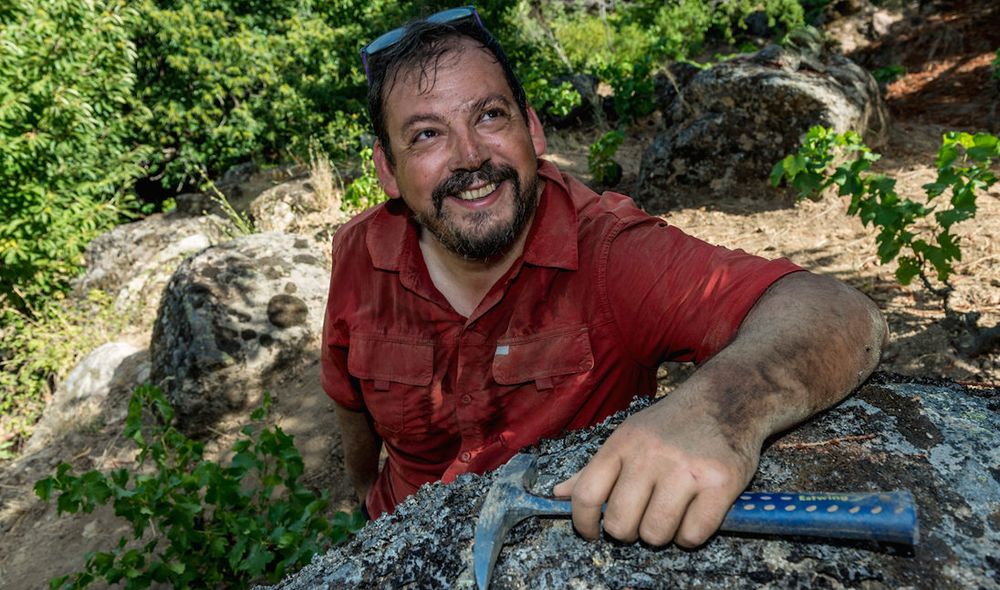
Pedro Parra, the ‘Indiana Jones’ of winemaking in the South of Chile
Pedro Parra recalls a visit with Marcello Rodamal to Albert de Villaine at Domaine de Romanee Conti in early 2004: “We realised then that we wanted to produce those wines in Chile. Once back home we brought our friends with us.” Parra was searching for wines that had complexity, freshness and drinkability, something that was unknown in Chile at the time.
On their return, Parra and Rodamal started various projects in the country, with a focus on the South of Chile, where they could find more suitable soils and climates. When I asked Parra why he decided to open his namesake winery in Itata, he explained “For me there are great soils all over Chile, but I wanted a place that had a cooler climate and cloud cover to mitigate the temperatures, which is more difficult to find. I found that in the South of Chile it starts from the southern part of Maule and gets more evident in Itata and as you move south.”

Derek Knapp, Garage Wine
Derek Knapp, who has been working in Maule with Garage Wine since 2008, explains that when they arrived in the area, they were able to buy grapes from local producers for their wines, but he quickly realised that there was a need to bring the producers together and in 2010 founded the association MOVI (Movimiento de Viñateros Independents).
“We created the opportunity for smaller producers to sell their wines internationally, as the regulations weren’t designed around small businesses. MOVI is on a special board with the SAG, the regulatory body of agriculture, to simplify the paperwork and also teach its members how to survive as small sellers, to work with others, collaborate and do things that they can’t do on their own,” Knapp says.
MOVI started with 12 people and there are now 34 members, actively promoting their wines globally and in the UK.
The focus on old vines and varieties
Not many wine regions in the New World have thousands of hectares of vineyards planted with unique varieties that are local to the area. A lack of interest in them for centuries and the inconvenient position of the area meant that replanting wasn’t an option for the table wine grower. But things are looking up.

Elena Pantaleoni
“Many owners of small vineyards in the area were at first sceptical, as most are quite old and few have ever shown interest in their grapes,” says Elena Pantaleoni, “Education is needed for both the international consumers of the wines of the South of Chile and the local growers.”
Pisador in Maule is Elena Pantaleoni’s second winery, the other being La Stoppa in Italy. She has been travelling to Chile since 1994, when her mother moved to the local area.
“I wanted to show the local farmers that there are people in the world who are interested in those wines and that there is no need to move. Part of my project is not to buy vineyards but to work closely with the local growers, show them, teach them and buy their grapes and then vinify them at my mom’s. We regularly invite journalists and buyers, as well as host harvest experiences for people from all over the world.”
Vine planting in Chile dates back to 1548, when the Spanish brought vines on their voyages to the New World. Some of those varieties have been lost, but some are still planted. Cinsault, Carignan, Muscat d’Alessandria and Pais (Mission) are being promoted and redeveloped with new impetus by Pisador, Parra and Garage Wines and many others. Younger vine-growers are starting to realise the potential of their land rather than leaving for the cities, a worrisome trend in the area. Could it be that Pais is what Chile is known for in the future?
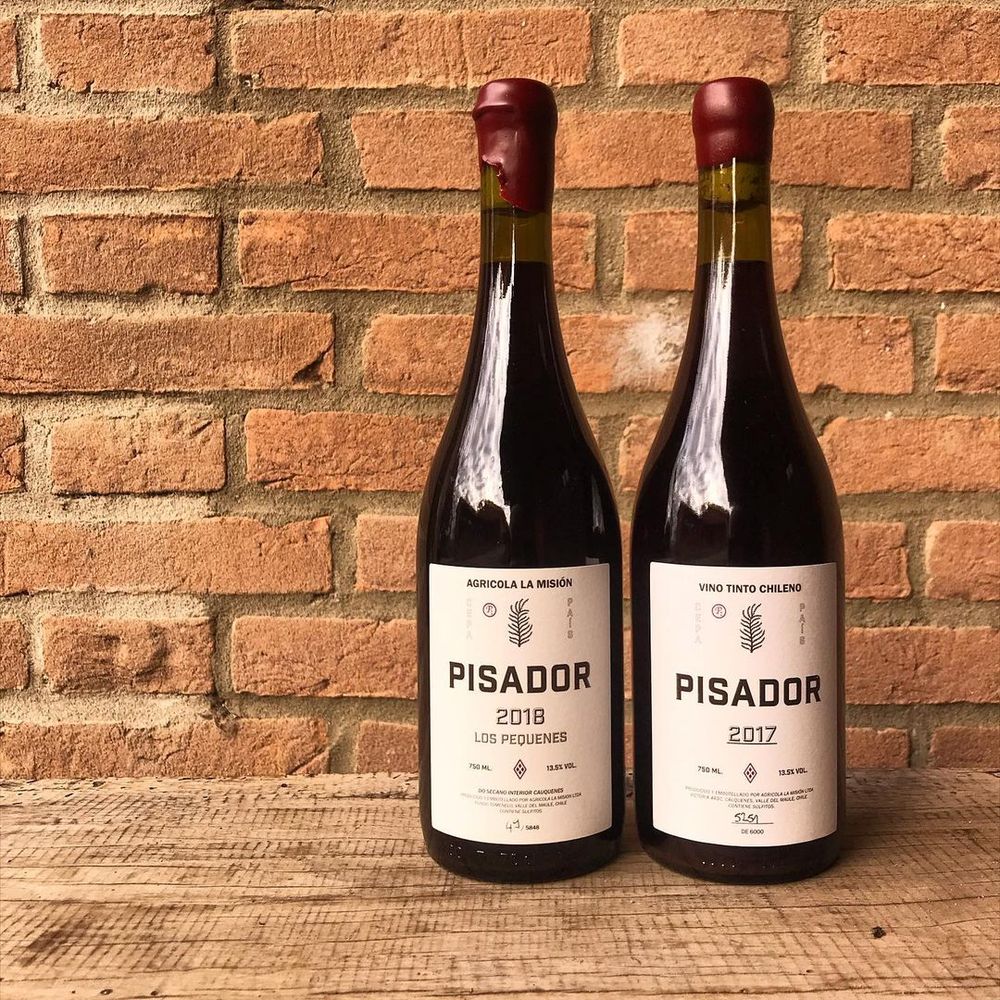
Exploration of the far South of Chile
In more recent years, producers have been looking at areas that are even further south. Malleco being the most explored, Parra is very optimistic about its future: ‘The terroir is really interesting in my opinion. Malleco is where some of the best Chardonnay is produced. I compare it with Oregon. It can produce great Rieslings and Pinot Noir. The region is still not heavily explored and is waiting for more people to come, but there is movement.’
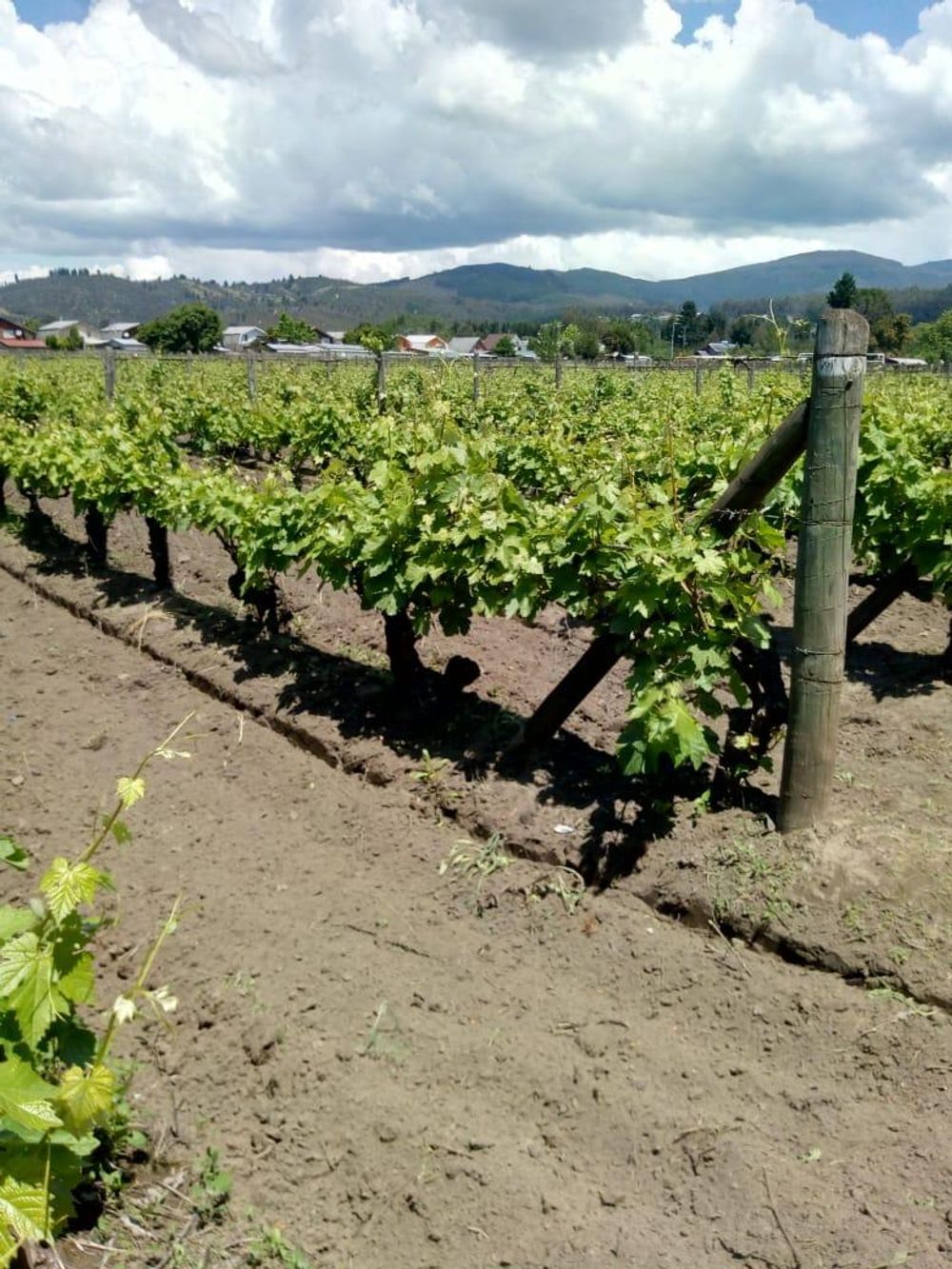
‘Los Confines’, the southernmost production vineyard of Moscatel in Chile.
One of them, Raul Narvarez Reyes, owns Viña Capitán Pastene ‘Los Confines’, a 0.6-hectare vineyard planted with Muscat d’Alessandria, which, according to SAG records, is the southernmost production vineyard of Moscatel in Chile.
Reyes believes in the potential of the region to make very unique wines despite its challenges: “The weather conditions are not easy for viticulture and it’s far from the middle of the country. In Araucania (their sub-region) there are only 125 hectares of vineyards but we saw the opportunity to produce quality wines. We were attracted by the volcanic soil, the cold weather and the fact that there are few vineyards in the region, and we can produce fresh, aromatic wines.”
Thus, new planting and wineries are being led by internal producers who are seeing the potential of the region to make wines that would be impossible to produce anywhere else in Chile.
These parts of Chile are going to play a bigger role in representing Chilean wine to consumers. There is a great sense of willingness to see what can be done and most importantly there are people and associations that are looking to open to international markets, such as MOVI and VIGNO in Maule. It is possible to find a few of these wines in retailers across the country, but for buyers who are looking to expand their portfolios in South America, this is definitely somewhere to look at.
Garage Wines is available through Bibendum, Pedro Parra available through Liberty Wines, Pisador available through Les Caves de Pyrenees while Viña Capitán Pantene is not yet available in the UK.
